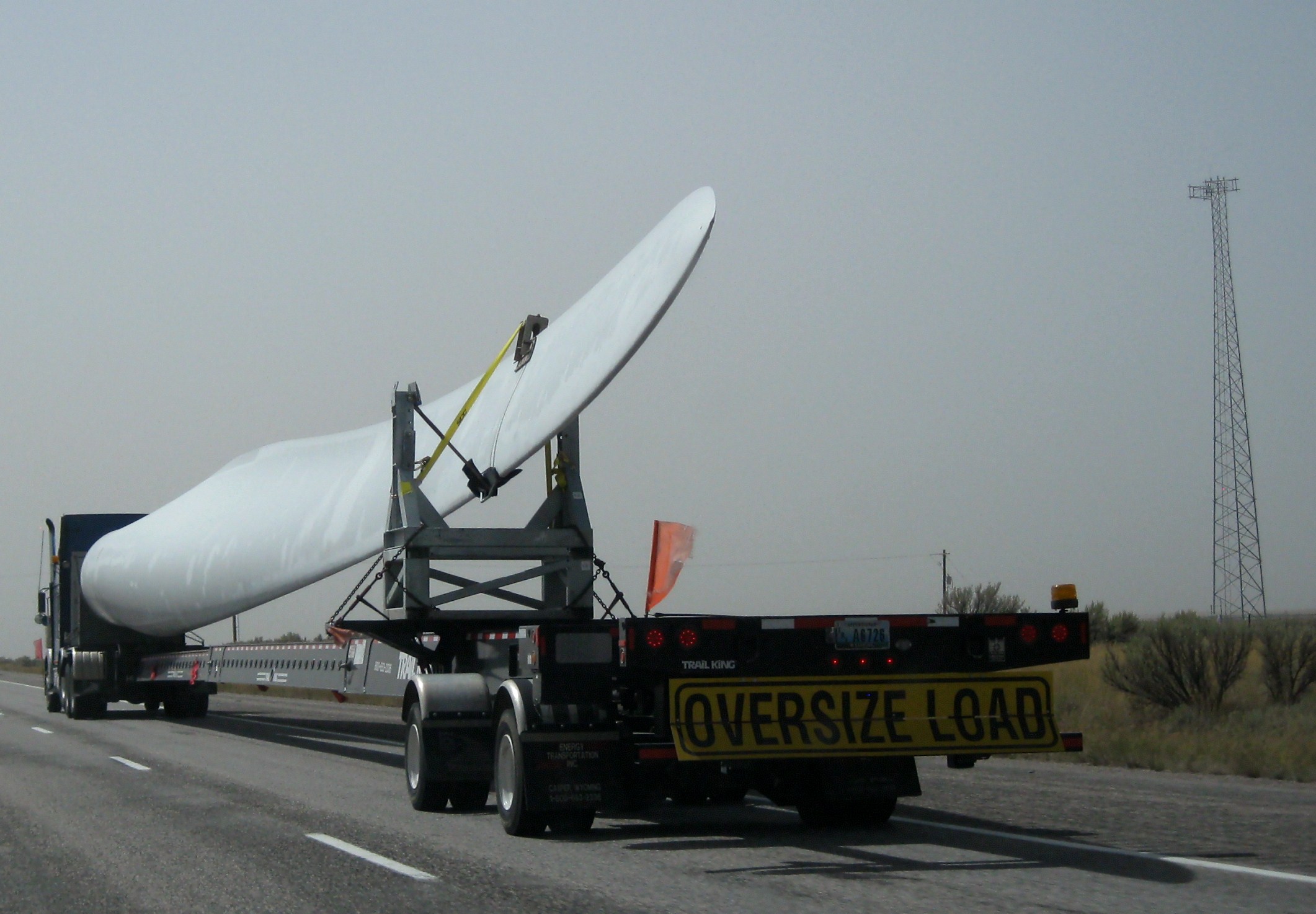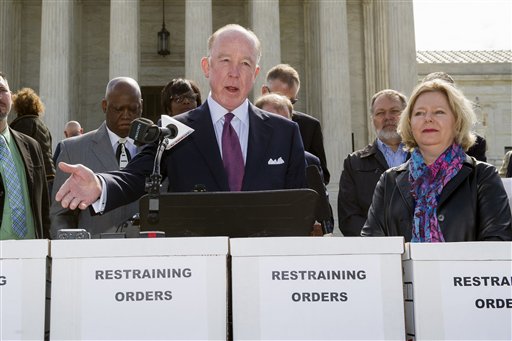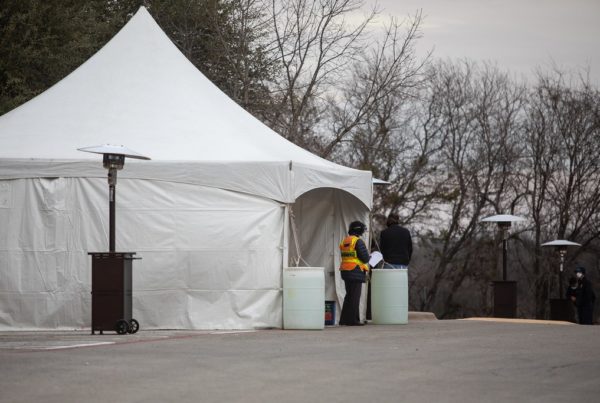Texas is a leader in wind-generated energy, with wind turbines and their massive blades dotting the western half of the state.
But that equipment has a lifespan. Turbines last about 25-30 years, and their blades are usually replaced at least once during that time.
Freelance journalist Kate Hill recently reported for the Texas Observer that discarded blades often end up in landfills. But new options are emerging that could give them a second life.
What’s currently being done with most decommissioned blades?
They’re laid down in the field next to the turbine, or they’re sent to a landfill, Hill says.
“It’s really jarring to just see the massive volume of fiberglass ending up in landfills,” Hill said. “These blades are, you know, hundreds of feet long, and they’re usually cut up into, two or three or four pieces and laid down. And just to process them and just to get to that point of being able to enter the waste stream, that processing … takes a huge toll.”
What could be done with the blades instead?
Some are being used in cement production or building materials. And in Europe, Hill says they’ve been used in public infrastructure.
“So, for playgrounds or park benches; they use them for suspension bridges,” Hill said. “In some parts of Europe, there’s a lot of really creative solutions being experimented with over there. And I think those solutions are starting to enter the minds of people trying to solve these problems over here as well.”
Do the discarded blades have a negative effect on the environment?
Hill says wind power still provides a net benefit for the environment, even considering the issue of blade waste. The issue now is figuring out how to reuse them so they don’t continue accumulating in landfills and requiring manpower to process them for disposal.
“I don’t think that the cleanliness of wind energy is something that should get called into question as a result of this problem,” Hill said. “At the end of the day, the blades don’t leach any sort of toxic chemicals into the ground if they do end up in landfills. But the problem at hand here is really just how much space is going to be taken up if they don’t find some sort of other use or other home once they reach the end of life.”















